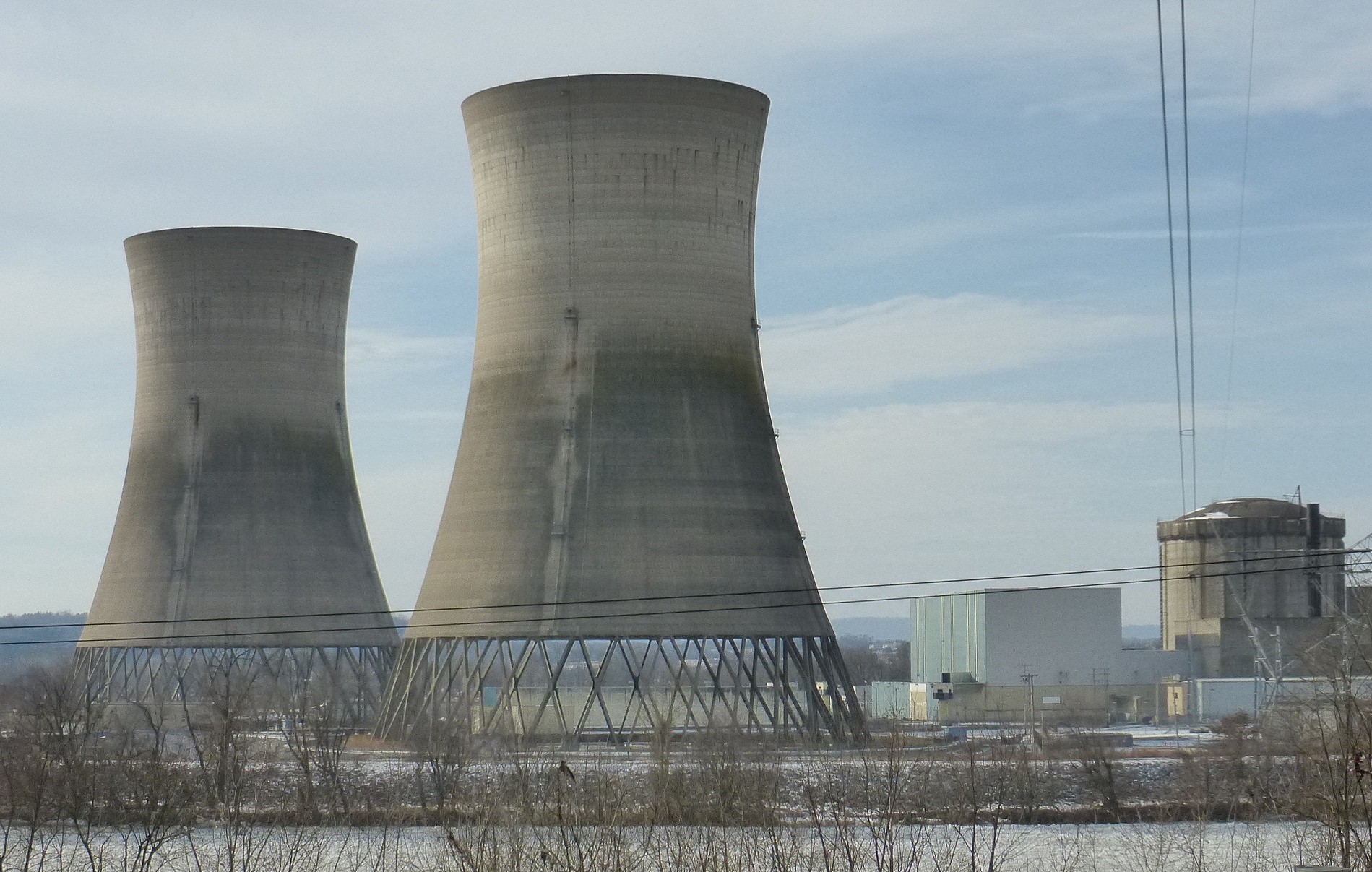
Advertisement
Scientists in South Korea have reportedly made a breakthrough toward harnessing an unlimited source of safe and clean energy via nuclear fusion.
The Korean Superconducting Tokamak Advanced Research (KSTAR) reactor apparently set a world’s record recently by holding superheated plasma in a steady state for 70 seconds.
If implemented into widespread use, the nuclear fusion process — which is an alternative to nuclear fission and the radioactive waste that accompanies it — could revolutionize the energy delivery system by among other things also presumably eliminating reliance on fossil fuels and all the geopolitical, economic, environmental, and social ramifications that go with it.
Deploying the nuclear fusion technology in residential and commercial settings won’t happen tomorrow or the next day but it is no longer in the realm of science fiction because “research such as KSTAR proves that the burning of star-like fuel can be achieved and contained using current technology,” the Daily Mail claimed.
The KSTAR facility is located about 100 miles south of Seoul, and the reactor is capable of generating temperatures of up 300 million degrees Celsius (approximately 540 million degrees Fahrenheit) for plasma blobs.
Plasma blobs are held together by magnetic fields, according to Interesting Engineering, thereby creating helium atoms. The energy thus released is theoretically capable of generating “unlimited” power.
“Containing this ultra-hot type of matter is key to unlocking nuclear fusion, so it’s a big step forward in our attempts to make this clean, safe, and virtually limitless source of energy something we can rely on,” Science Alert explained, adding that this mode of operation could conceivably generate nuclear waste-free power for a millennium using just seawater, as long as the appropriate safety and sustainability controls are in place. Moreover, there is apparently far less risk of a plant meltdown using nuclear fusion technology.

“To put it simply, nuclear fusion is the process that makes the sun shine, with the nuclei of small atoms, such as hydrogen, squeezed together and heated to an extreme degree such that they fuse to form larger nuclei and release a burst of energy…Conventional nuclear power plants depend on materials such as uranium or plutonium to create the fission to generate energy, but the radioactivity of the resulting fragments are considered a crucial drawback. In a nuclear fusion reaction, however, problems about waste disposal are greatly minimized,” The Korea Times explained.
As Natural News has chronicled previously, traditional nuke plants here and abroad have introduced hazardous waste into the environment, so any discussion of nuclear power, conventional or otherwise, is bound to become immediately controversial.
Nuclear waste disposal is a hot-button issue, as it were, and has long been at the heart of opposition to nuclear power by environmental groups, suggesting that fusion process, if it fully proves out, might be a solution acceptable to all constituencies.
Parenthetically, Australia is reportedly considering building a gigantic nuclear waste storage facility in the sparsely populated southern part of the country. Some people believe that gathering nuclear waste together in one site makes it easier to secure, control and keep track of, minimizing the possibilities of widespread radiation exposure across multiple cities, and reducing the chances of these dangerous materials getting into the wrong hands and used in a dirty bomb. Others feel that the health concerns of radiation exposure are simply not worth it.
In a statement about what appears to be a new nuclear fusion benchmark, South Korea’s National Fusion Research Institute lauded the KSTAR reactor record as being in the “forefront in steady-state plasma operation technology in a superconducting device. This is a huge step forward for realization of the fusion reactor.”
Sources:
Submit a correction >>
This article may contain statements that reflect the opinion of the author
Advertisement
Advertisements















